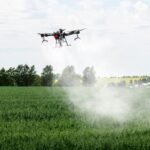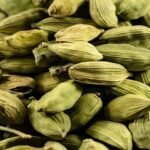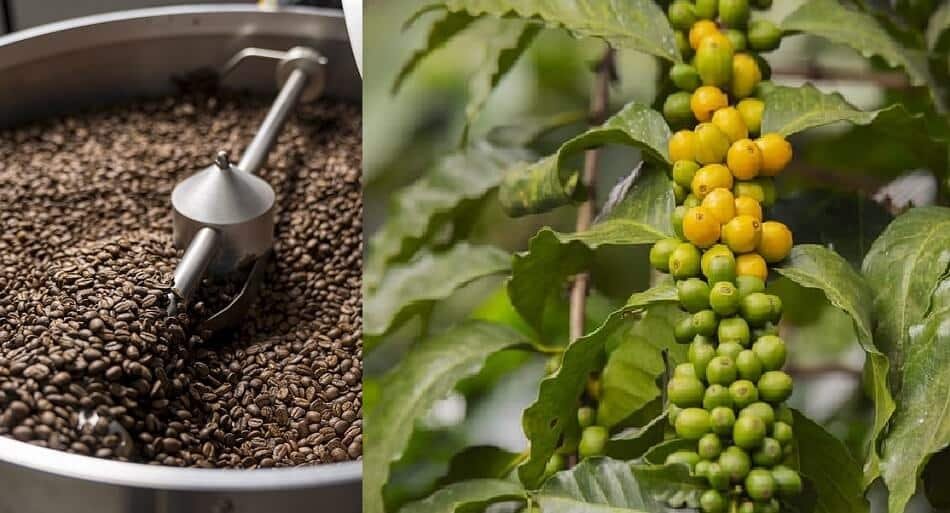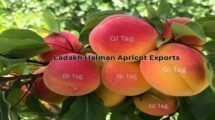Sanketh Appaiah, a young coffee planter from a village near Madikeri in north Kodagu, is now the proud owner of a new SUV as coffee prices have risen over the last three months. The 42-year-old is enjoying driving his new vehicle through the hilly terrain of the small district in southern Karnataka.
The soaring prices of coffee beans, caused by a global crop production shortage, have provided a ray of hope for coffee growers in Karnataka, India’s largest coffee-growing state. Prices are currently at a 15-year high, which is a boon for growers who have endured a turbulent decade.
“I own an eight-acre Robusta coffee plantation. For the first time in 15 years, coffee prices have risen, allowing me to fulfill my plan to purchase a new SUV this year,” said a visibly delighted Appaiah. Many coffee planters, like him, are investing in various assets, such as land plots, apartments, houses, and new vehicles, now that prices have stabilized after a decade.
In April, a prominent cooperative bank in Kodagu received approximately 800 vehicle loan applications in a single day. Speaking on the condition of anonymity, the bank manager stated, “We’ve never seen so many people apply for vehicle loans. This trend can be attributed to rising crop prices. At the same time, we’re seeing that farmers are repaying their loans on time this year, which is partly due to the rise in coffee prices.” Karnataka accounts for 71 percent of total coffee production in India, followed by Kerala 21 percent, and Tamil Nadu 5 percent.
Also Read | Indian coffee exports exceeded ₹10,000 crore in FY24 due to rising Robusta prices
Some farmers hold on to their produce
According to Abubakr Ahmad, a coffee trader in Gonikoppa, south Kodagu, a 50-kilo bag of Robusta beans now costs around ₹11,000. Robusta is the main coffee variety grown in Kodagu. “This year marks a significant rise from the average prices seen since 2008 when the price of Robusta was between ₹3,000 and ₹4,000,” he pointed out.
“Many coffee growers have sold their coffee, but a few, particularly large-scale planters, are holding onto their produce, anticipating further price increases in the coming days. However, prices have dropped slightly in the last two weeks,” Ahmad said.
K.G. Jagadeesha, CEO and secretary of the Coffee Board, stated that a significant increase in global demand was primarily driven by low production in Brazil, the world’s leading coffee exporter. “Despite inadequate yields, coffee production is expected to reach 3.54 lakh tonnes, a marginal increase over last year’s production of 3.52 lakh tonnes, in India,” according to him.
Remembering the boom times
People in Karnataka’s coffee-growing districts—Hassan and Chikmagalur, in addition to Kodagu—remember the 1990s, when coffee prices increased for the first time since the Coffee Board was established in 1942. This resulted in significant changes in the lifestyles of coffee growers. Brand new cars were seen driving down narrow lanes leading to estates in Sakleshpur, Mudigere, Koppa, N.R. Pura, and Balehonnur.
To provide better education for their children, the planters built houses in Hassan, Chikkamagaluru, and other cities, as well as upgraded modern amenities in their rural farmhouses. They moved to cities and occasionally returned to their estates. This was the time when the free-sale quota (FSQ) was implemented for coffee in 1992.
Previously, growers had to sell their entire harvest to the Coffee Board. Economic liberalisation brought about changes in commodity trading.
This year, farmers in Hassan and Chikmagalur have not benefited much because Arabica, the primary variety grown there, has not seen as much price increase as Robusta.
Small farmers still struggle
The current price of coffee has prompted growers to recall the 1990s, but they warn that it could be a bubble and that farmers should exercise caution. They also argue that rising prices should be balanced against increasing production costs.
Many growers in Hassan and Chikmagalur districts believe that the price of coffee should have risen long ago. Surendra T.P., a coffee grower in Kesaganahalli, Sakleshpur taluk, and director of the Karnataka Growers’ Federation, believes that for the coffee sector to grow healthily and sustainably, growers should have received the current price in the early 2000s.
Furthermore, the recent increase in coffee prices has not benefited small and medium-sized growers. “The harvest is completed between December and February. By the end of February, nearly 80 percent of the coffee had been sold. Back then, a bag of 50 kg cost around ₹6,500. Only later did it exceed ₹8,000 per bag.
Growers are forced to sell their produce before February or March because they have financial obligations to meet at the end of the fiscal year. They must clear loans to maintain a good credit rating.
Price has increased, but so have input costs
Despite the euphoria surrounding current prices, growers point out that input costs have risen at an alarming rate. Surendra believes that the current price increase is of no significant value given the rise in the cost of other essential items. When coffee became free trade in the 1990s, the price of Robusta per 50 kg was around ₹3,000. Briefly, it increased to ₹10,000. Previously, petrol was priced at ₹14.75 per litre and diesel at ₹10. Now, compare the rate of increase in petrol and diesel prices to that of coffee over the last 30 years,” he explained.
The cost of labour has risen over the years. Coffee growers earn more than workers under the MGNREGA, but crop insurance does not cover coffee plantations. They argue that the compensation paid during a drought or flood is negligible in comparison to the growers’ investment, citing cycles of drought, flood, and landslides in the district in recent years.
Prakash Ponnanna, a coffee planter in Virajpet, Kodagu, stated that, while large-scale growers have been able to mitigate the effects of drought through various water management measures, smaller farmers are suffering.
“Despite being a hilly district where the Cauvery River, South India’s lifeline, originates, Kodagu is experiencing severe drought and water scarcity this year. The coffee, which requires irrigation, does not have enough water. As a result, production will be significantly lower next year than it was this year. Ponnanna explained that whatever the price increase is, it will not benefit us very much in the long run.
Labour shortage and other concerns
Coffee growers have faced low prices and high production costs for the past decade, which has been exacerbated by labor shortages and crop diseases. As a result, many small and marginal growers gave up cultivation in favor of real estate, tourism, or more profitable crops such as areca nut, black pepper, and avocados.
Another significant issue confronting coffee estates is a labour shortage. According to planters, there was a severe labor shortage this year, resulting in many planters not having workers to harvest the crop, causing berries to fall to the ground.
“Over the last five years, we have experienced significant labor shortages in coffee picking. Previously, labourers would travel from north Karnataka, Tamil Nadu, and parts of Mysore. However, they have stopped coming as they seek employment in cities, particularly in construction. In the last three years, we have had visitors from Assam. They did not show up this year due to the general elections. As a result, we suffered losses because crops were not harvested. Consequently, the price increase will not be beneficial to us,” says Muthappa M N., a planter in Virajpet.
Also Read | Indian coffee exporters concerned about surge in robusta prices may drive buyers to cheaper origins
Farmers in Kodagu, Hassan, and Chikkamagaluru have recently faced conflict with elephants. The elephant menace has left the community in constant fear. The majority of people killed in elephant attacks were plantation workers. Six people have been killed by elephants on coffee estates in Kodagu district alone since January. When a herd of elephants walks through an estate, hundreds of coffee plants are damaged.
Manoj Mandappa, a coffee planter from Siddapura in Kodagu, stated, “In the last three years, elephants have been destroying crops such as coffee and bananas.” The authorities involved have been unable to resolve this issue.”
For the time being, however, Appaiah and other farmers are pleased with the increase in coffee prices. “If the current price remains in this range in the coming years and we are blessed with a good crop, small planters like us will undoubtedly have better days in the future. This will allow us to not only make personal investments, such as purchasing a car or a house, but also improve our plantations. For example, I used to fertilize my coffee plants once a year, but now I can afford to do so twice a year thanks to the good prices we’ve been receiving,” Appaiah explained.


















Add Comment